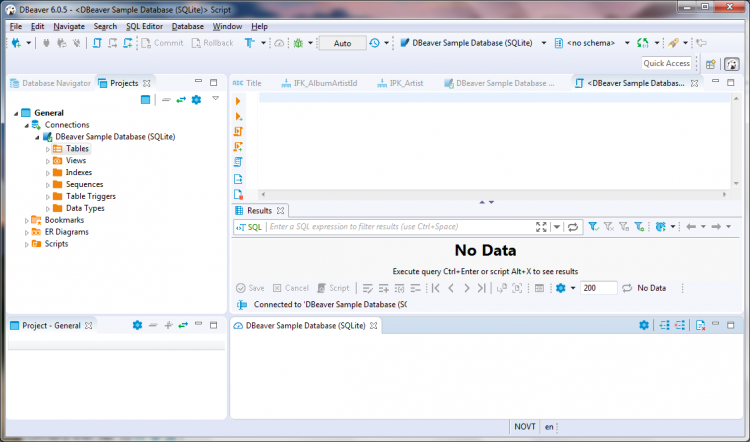

While you are on the same screen, click the Edit Driver Settings button.Ĭlick the Connection properties section and make sure to add the configurations settings listed.Įnter fullscreen mode Exit fullscreen mode In the Password field, enter the password you allocated when installing MySQL Database Server.Īt the bottom of the screen, make sure the Driver name is MySQL 8+. Most of the configuration settings are already populated on the next screen. Make sure to have SQL selected on the left-side menu, then click the icon named MySQL 8+. The process starts by selecting the database you are trying to connect to. Open up DBeaver, click the Database menu and then select the New Database Connection menu item. The installation is a few simple steps and you get it up and running in no time. If you don't have it installed, hit up their website and download a copy of the software. You will need it later to connect to the database.ĭBeaver is a multi-platform, multi-database management tool for developers, database administrators, and analysts.ĭBeaver supports a variety of database engines including MySQL, PostgreSQL, SQLite, Oracle, DB2, SQL Server, Sybase, MS Access, Teradata, Firebird, Apache Hive, Phoenix, Presto and many others.
DBEAVER MYSQL CONNECTION INSTALL
Once complete, double-click the installer and follow the steps to install the database server on your computer. Select the first option and click the Download button. If you already have MySQL Server installed on your computer, you may skip this section. If you wish to have a version of this blog post that targets Windows computers, just drop me a line in the comments section below. That's why I am combining all the steps to generate a database dump in one place.ĭisclaimer: I am using a MacBook Pro to demonstrate all the steps. I had to resort to my best friend Google and source the bits and pieces in a few blog posts.

While trying to generate a dump database using DBeaver, I stumbled across a few challenging issues.


 0 kommentar(er)
0 kommentar(er)
